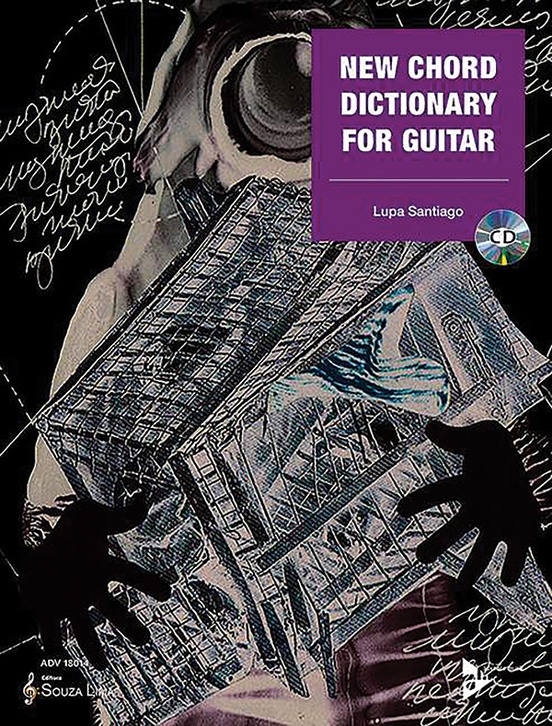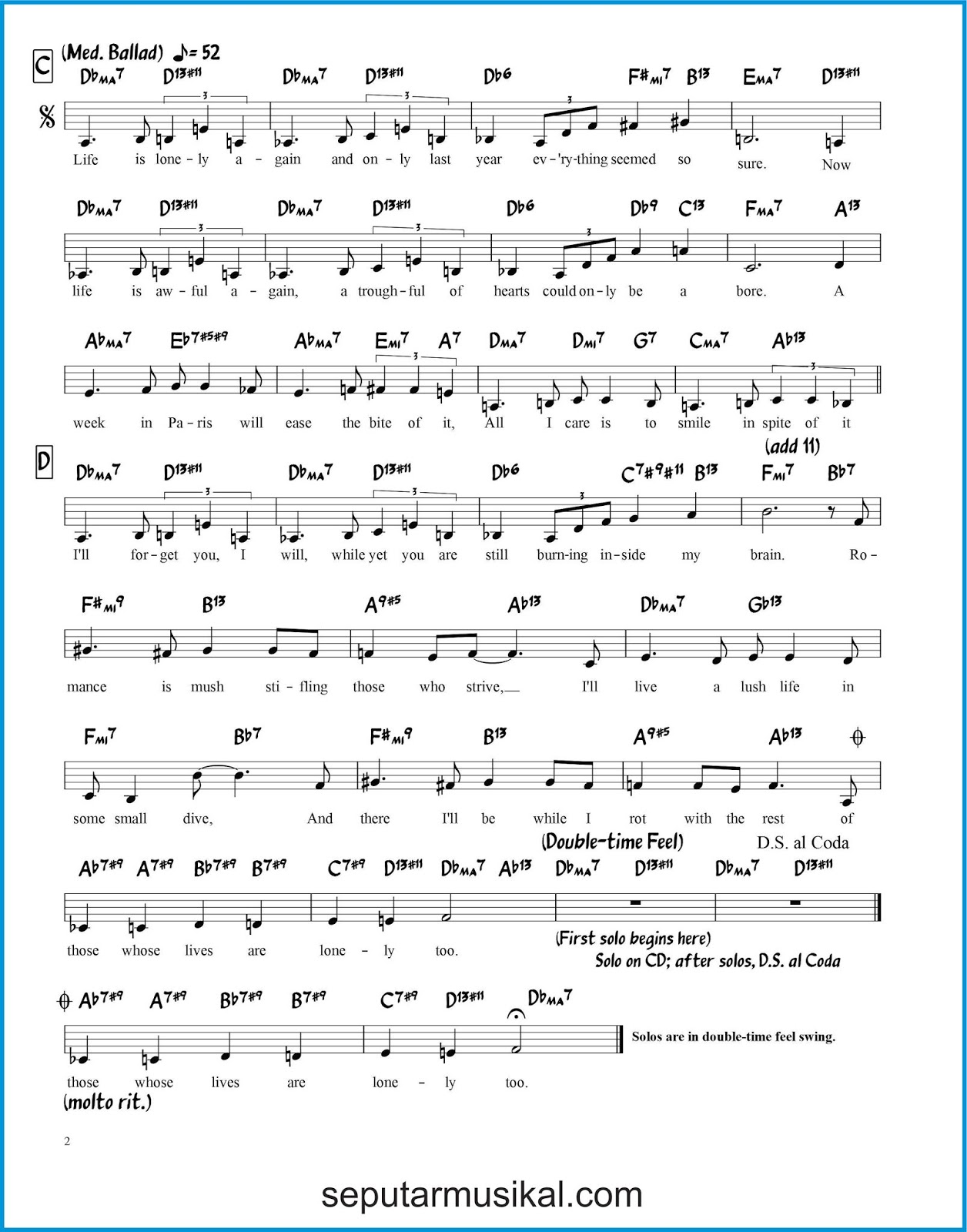

This is just one of many different voicings that I cover in the Piano Chords bundle. So, looking back at the D-7 chord in example B, you’ll notice that I am adding the 9th to the chord. Major: 9, # 11 or 6 (usually replaces the 7th) 6 would replace the 7th.ĭominant 7th available tensions: b9, 9, #9, #11, b13 and 13. Major 7th available tensions are: 9, #11 or 6 (usually replaces the 7th) You might be wondering, which tensions are the “right” tensions for a particular chord? Well, let’s go through the three basic chords: Major, minor and Dominant 7th chords. When looking at a lead sheet, especially in a low-light gig situation, I want the lead sheet to be as un-cluttered as possible. I think that many (not all) pianists would agree with me because as jazz players, we are accustomed to working from a “shell”.īasically, when I see D-7, I already know that the 9th and 11th are probably available to me. Personally, I’d rather see a chord written as D-7 than D-9 or D-9 (add 11). Jazz players know which available tensions each chord can utilize. I did not label the chord as D-9 because it is common for jazz players to automatically add tensions to the chords that they are playing. However, why didn’t I label this chord D-9? We can rule out F Maj7 because the root is a D. You might look at this chord and think F Maj7 or D-9. O.K., that’s pretty simple, right? Now take a look at example B. Example A is what a typical voicing of a D-7 chord might look like. Let’s begin with a basic seventh chord for D-7. This three-DVD set covers both basic seventh chords along with advanced quartal voicings, tensions, alterations, upper-structure triads, rootless voicings and more.
#CHORD DICTIONARY LUSH SOUND FULL#
That is the way it was in the 19th century regarding the study of piano.Īnd then after World War II, the music conservatories immersed themselves in a bastardized version of modernity/modernism (Urtext), which unfortunately, in my opinion, is what we are left with now.If you are looking for an instructional course on creating full chords at the piano, I’d suggest the Piano Chords Vol 1.

Clive Brown) is now "required" to study the historical performance practice of not only the keyboard instruments, but also the orchestra/symphony/chamber music (and its instruments), and the entire vocal discipline.Īs I have often stated, what other serious study of any of the other fine arts would not mandate the study of how it was originally done. That is why anyone who matriculates at a university level in the UK (as a result of the research of Dr. To summarize the opinions/knowledge of Dr.'s Kenneth Hamilton ("After the Golden Age"), and Neal Peres Da Costa ("Off The Record"), this is exactly the reason it is so important to study the history of piano performance. Quote from: louispodesta on December 28, 2014, 11:38:58 PM Extremely well put. So this technique isn't limited to just chords. NB: Rosalyn Tureck (known primarily for her Bach performances and scholarship) also employed this technique in her performances of the Preludes and Fugues as well as the Suites. This was a solution in Baroque keyboard music, the "rolling chords" that is taught to harpsichordists and some transferred this technique to the piano. It's much less aggressive and lends itself better to be heard in melodic contexts, especially when the voices span many octaves. Now transferring this to jazz performance, I can definitely hear the benefits instead of smashing chords simultaneously. It also adds textural complexity since it makes clear that these chords have separate voices. It sounds terrible! However, when the chords are performed with the bass anticipating the downbeat, the sound is less heavy and I can hear why this is actually a better musical solution. The main reason why I don't like Schumann's and Brahm's music is because it's too heavy, referring to the excessive amount of chords. My favorite jazz pianist by the way is Don Thompson. Is there a book or a dvd (music sheets), where I can learn all these lush chord voicings? You might say "Ask your teacher.", but he is only preparing me for an exam right now and he is not teaching me anymore. The only solution to my problem is if I can transcribe chord voicings, but that is impossible for me right now. I own a Yamaha Arius and I feel discouraged every time I play. I am not sure if the problem is the piano. My teacher's chords sound so lushful, while mine is only a little bit.

My problem is that when I listen to recordings, the chords sound more lushful. If it's a C Major 7, instead of playing from bottom to top C E G B (that's too whitebread) if the melody note is G on the first beat, you play C on the Bass, because it is the root note, G on the top and play E and B around C and G. Quote from: jason_sioco on December 27, 2014, 08:02:16 PM I am studying Jazz Piano and my teacher taught me a way to play jazz chords.


 0 kommentar(er)
0 kommentar(er)
